-
 Bitcoin
Bitcoin $81,973.5211
-3.14% -
 Ethereum
Ethereum $1,771.8221
-4.70% -
 Tether USDt
Tether USDt $0.9996
-0.04% -
 XRP
XRP $2.0020
-4.93% -
 BNB
BNB $586.3762
-2.30% -
 USDC
USDC $0.9997
-0.03% -
 Solana
Solana $113.7739
-9.53% -
 Dogecoin
Dogecoin $0.1574
-7.43% -
 Cardano
Cardano $0.6244
-7.96% -
 TRON
TRON $0.2315
-2.36% -
 Toncoin
Toncoin $3.6020
-10.34% -
 UNUS SED LEO
UNUS SED LEO $9.3401
-1.03% -
 Chainlink
Chainlink $12.4356
-7.28% -
 Stellar
Stellar $0.2536
-4.73% -
 Avalanche
Avalanche $17.8372
-6.13% -
 Sui
Sui $2.2393
-7.83% -
 Shiba Inu
Shiba Inu $0.0...01195
-3.16% -
 Hedera
Hedera $0.1559
-5.48% -
 Litecoin
Litecoin $80.9170
-1.94% -
 Polkadot
Polkadot $3.8852
-4.23% -
 MANTRA
MANTRA $6.2821
-0.06% -
 Bitcoin Cash
Bitcoin Cash $298.6048
-1.78% -
 Bitget Token
Bitget Token $4.4929
-1.56% -
 Dai
Dai $0.9999
0.01% -
 Ethena USDe
Ethena USDe $0.9995
-0.03% -
 Monero
Monero $211.5827
-1.86% -
 Pi
Pi $0.5588
-16.11% -
 Hyperliquid
Hyperliquid $11.3193
-14.69% -
 Uniswap
Uniswap $5.7424
-4.67% -
 Aptos
Aptos $5.0458
-3.81%
Buying signals of cryptocurrency trend reversal
Crypto trend reversals can be identified using technical indicators like MAs, RSI, MACD, and candlestick patterns, but always combine with volume analysis and risk management.
Apr 01, 2025 at 06:14 am
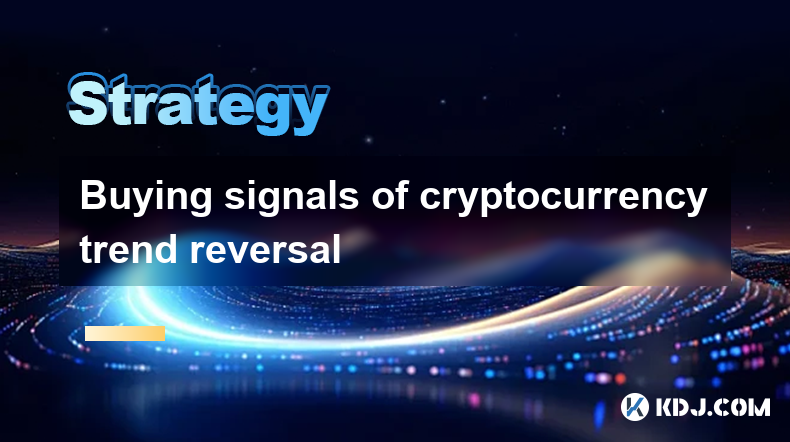
Identifying Reversal Points in the Crypto Market
Cryptocurrency markets are notoriously volatile. Identifying a trend reversal can be incredibly lucrative, but also incredibly risky. This article explores key indicators and signals that suggest a potential shift in the prevailing trend, allowing traders to potentially capitalize on these shifts. Understanding these signals requires careful analysis and risk management. It's crucial to remember that no signal is foolproof, and losses are always a possibility.
Technical Analysis Indicators for Reversal
Technical analysis provides a wealth of tools for identifying potential trend reversals. These tools analyze price action and volume to predict future price movements. Let's explore some of the most commonly used indicators.
Moving Averages (MAs): A common method involves observing the relationship between short-term and long-term moving averages. A bullish crossover occurs when a shorter-term MA crosses above a longer-term MA, potentially signaling a trend reversal from bearish to bullish. Conversely, a bearish crossover signals a potential shift from bullish to bearish. The effectiveness varies depending on the chosen MA periods.
Relative Strength Index (RSI): The RSI measures the magnitude of recent price changes to evaluate overbought or oversold conditions. An RSI above 70 is generally considered overbought, suggesting a potential bearish reversal. Conversely, an RSI below 30 is considered oversold, hinting at a potential bullish reversal. However, these levels are not absolute and can vary.
MACD (Moving Average Convergence Divergence): The MACD is a trend-following momentum indicator that shows the relationship between two moving averages. A bullish signal occurs when the MACD line crosses above the signal line, while a bearish signal occurs when it crosses below. Divergences between the MACD and price action can also be significant reversal signals.
Candlestick Patterns: Certain candlestick patterns are associated with trend reversals. Hammer and inverted hammer patterns, for example, often signal a potential bullish reversal at the bottom of a downtrend. Shooting stars and hanging men can indicate potential bearish reversals at the top of an uptrend. These patterns should be confirmed with other indicators.
Volume Analysis in Trend Reversal
Analyzing trading volume alongside price action can significantly enhance the accuracy of reversal signal identification. High volume during a price reversal confirms the strength of the move, suggesting a more significant shift in market sentiment.
Increased Volume on Reversal Candles: A significant increase in trading volume accompanying a candlestick pattern, like a hammer or shooting star, strengthens the signal's predictive power. This suggests strong buying or selling pressure driving the reversal.
Volume Divergence: Volume divergence occurs when price makes higher highs, but volume fails to confirm this upward momentum, or vice-versa. This discrepancy between price and volume can suggest a weakening trend and a potential reversal.
Other Factors to Consider
Beyond technical analysis, several other factors can contribute to identifying cryptocurrency trend reversals.
News and Events: Major news events, regulatory announcements, or technological breakthroughs can dramatically impact market sentiment and trigger price reversals. Staying informed about relevant news is crucial.
Market Sentiment: Analyzing overall market sentiment through social media, forums, and news articles can offer insights into potential shifts in investor confidence. A change in sentiment from overwhelmingly bullish to bearish, or vice versa, can precede a trend reversal.
Support and Resistance Levels: Support and resistance levels are price points where the price has historically struggled to break through. A strong break above resistance or below support can signify a trend reversal. However, these levels are not static and can shift over time.
Combining Indicators for Confirmation
Relying on a single indicator for identifying a trend reversal is risky. Combining multiple indicators increases the reliability of the signal. For example, a bearish crossover of moving averages confirmed by a bearish RSI divergence and a shooting star candlestick pattern with high volume significantly strengthens the case for a bearish reversal. This approach reduces the likelihood of false signals.
Risk Management in Trend Reversal Trading
Even with careful analysis, trading reversals is inherently risky. Implementing sound risk management strategies is crucial to protect capital.
Stop-Loss Orders: Always use stop-loss orders to limit potential losses if the trade goes against your prediction.
Position Sizing: Never risk more capital than you can afford to lose on any single trade.
Diversification: Diversifying your portfolio across multiple cryptocurrencies reduces the impact of a single asset's price reversal.
Frequently Asked Questions
Q: Are there any guaranteed signals for cryptocurrency trend reversals?
A: No, there are no guaranteed signals. The cryptocurrency market is highly volatile and unpredictable, and all signals carry a degree of uncertainty. Utilizing multiple indicators and sound risk management is crucial.
Q: How reliable are technical indicators for predicting reversals?
A: Technical indicators are tools, not guarantees. Their reliability depends on various factors, including the specific cryptocurrency, market conditions, and the trader's interpretation. Combining indicators and considering other factors increases reliability.
Q: How can I improve my ability to identify trend reversals?
A: Practice and experience are key. Backtesting strategies on historical data, studying successful traders' approaches, and continuously learning about new indicators and techniques are all vital for improvement. Staying updated on market news and sentiment is also crucial.
Q: What is the role of volume in confirming reversal signals?
A: High volume accompanying a reversal signal confirms the strength of the move, suggesting a more significant shift in market sentiment. Conversely, low volume suggests a weaker reversal that may be easily reversed. Volume divergence can also be a strong indication of a potential reversal.
Q: Can fundamental analysis help in identifying trend reversals?
A: While primarily focused on technical analysis, understanding fundamental factors such as project development, adoption rates, and regulatory changes can provide valuable context and enhance the accuracy of reversal predictions. A strong fundamental story might support a bullish reversal even if technical indicators are mixed.
Disclaimer:info@kdj.com
The information provided is not trading advice. kdj.com does not assume any responsibility for any investments made based on the information provided in this article. Cryptocurrencies are highly volatile and it is highly recommended that you invest with caution after thorough research!
If you believe that the content used on this website infringes your copyright, please contact us immediately (info@kdj.com) and we will delete it promptly.
- Why XRP Investors Are Rushing to ExoraPad Presale
- 2025-04-03 21:45:12
- Polkadot (CRYPTO: DOT) cryptocurrency isn't getting any market love these days
- 2025-04-03 21:45:12
- Despite Launching the RLUSD Stablecoin, XRP Price Dips as Trump's Tariffs Trigger Market Turmoil
- 2025-04-03 21:40:11
- Ripple Has Once Again Unlocked a Massive 1 Billion XRP
- 2025-04-03 21:40:11
- Bitcoin price crashes to $80k as Trump announces tariffs on 50+ countries
- 2025-04-03 21:35:12
- Prominent crypto analyst sparks excitement with bold forecasts for Ethereum and Ripple
- 2025-04-03 21:35:12
Related knowledge

How to use the three crows candlestick combination to determine the market top?
Apr 03,2025 at 03:18pm
Three Black Crows are a classic K-line combination form that is often used to judge the top of the market in technical analysis. This pattern consists of three consecutive negative lines, the opening price of each negative line is within the entity of the previous K-line, and the closing price gradually decreases. This pattern usually appears at the end...
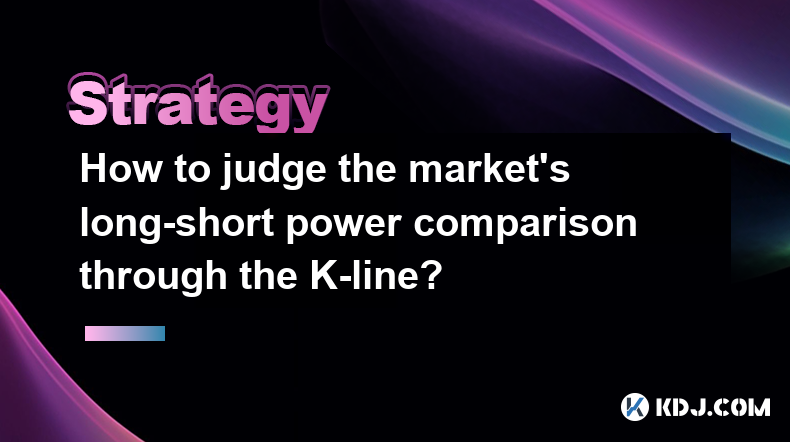
How to judge the market's long-short power comparison through the K-line?
Apr 03,2025 at 02:39pm
Judging the market's long-short power comparison through the K-line is an important skill in technical analysis. The K-line chart can not only show price changes, but also reflect the emotions and power comparison of market participants. This article will introduce in detail how to judge the market's long-short power comparison through K-lines. ...
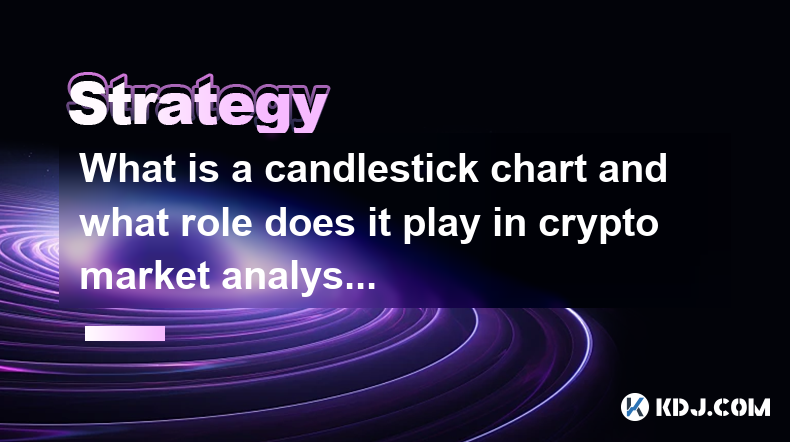
What is a candlestick chart and what role does it play in crypto market analysis?
Apr 03,2025 at 02:26pm
K-line chart, also known as candle chart, is a form of chart used to display changes in the price of financial products. In the cryptocurrency market, K-line charts are widely used to analyze the price trends of digital assets such as Bitcoin and Ethereum. This article will introduce in detail the basic structure, types of K-line charts and their specif...
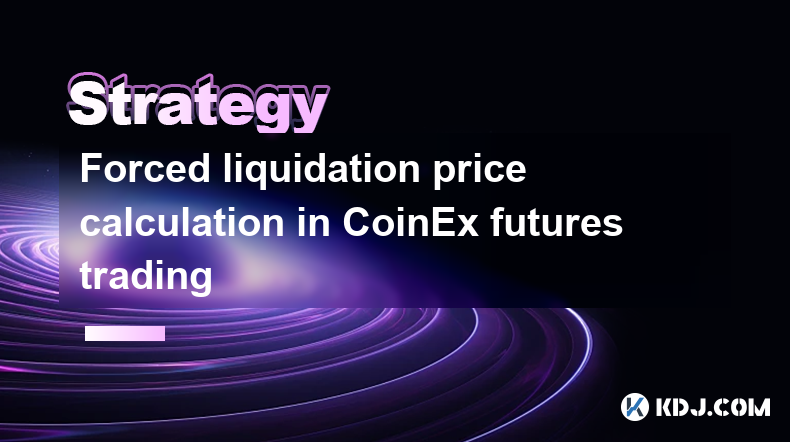
Forced liquidation price calculation in CoinEx futures trading
Apr 03,2025 at 05:35am
In CoinEx futures trading, understanding the forced liquidation price is crucial for managing risk and maintaining your positions. The forced liquidation price is the point at which your position is automatically closed to prevent further losses. This mechanism is designed to protect both the trader and the platform from negative account balances. The c...
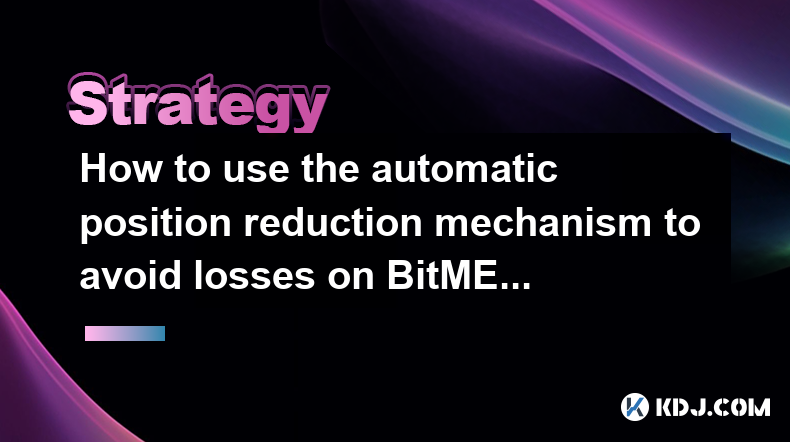
How to use the automatic position reduction mechanism to avoid losses on BitMEX
Apr 03,2025 at 02:56am
Using the automatic position reduction mechanism on BitMEX can be a strategic approach to managing risk and avoiding potential losses in the volatile cryptocurrency market. This feature, also known as Auto Deleveraging (ADL), is designed to help traders by automatically reducing their positions in certain conditions. To effectively use this mechanism, i...
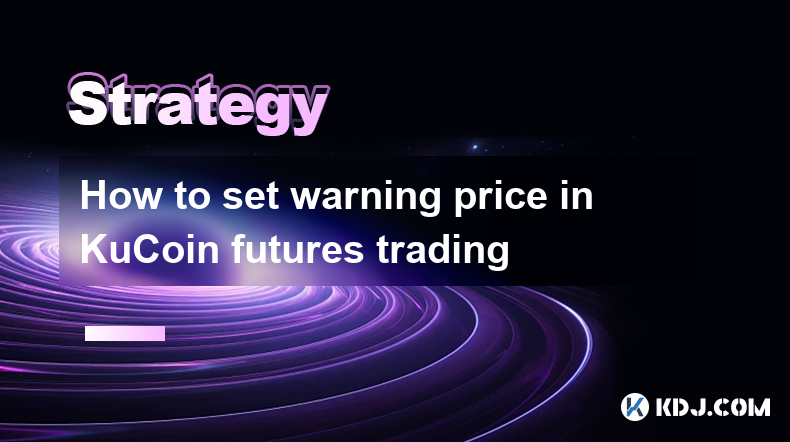
How to set warning price in KuCoin futures trading
Apr 03,2025 at 08:14am
Setting a warning price in KuCoin futures trading is an essential feature for managing risk and staying informed about market movements. This tool allows traders to receive notifications when the price of a futures contract reaches a specific level, helping them make timely decisions. To set a warning price, you need to navigate to the futures trading i...

How to use the three crows candlestick combination to determine the market top?
Apr 03,2025 at 03:18pm
Three Black Crows are a classic K-line combination form that is often used to judge the top of the market in technical analysis. This pattern consists of three consecutive negative lines, the opening price of each negative line is within the entity of the previous K-line, and the closing price gradually decreases. This pattern usually appears at the end...

How to judge the market's long-short power comparison through the K-line?
Apr 03,2025 at 02:39pm
Judging the market's long-short power comparison through the K-line is an important skill in technical analysis. The K-line chart can not only show price changes, but also reflect the emotions and power comparison of market participants. This article will introduce in detail how to judge the market's long-short power comparison through K-lines. ...

What is a candlestick chart and what role does it play in crypto market analysis?
Apr 03,2025 at 02:26pm
K-line chart, also known as candle chart, is a form of chart used to display changes in the price of financial products. In the cryptocurrency market, K-line charts are widely used to analyze the price trends of digital assets such as Bitcoin and Ethereum. This article will introduce in detail the basic structure, types of K-line charts and their specif...

Forced liquidation price calculation in CoinEx futures trading
Apr 03,2025 at 05:35am
In CoinEx futures trading, understanding the forced liquidation price is crucial for managing risk and maintaining your positions. The forced liquidation price is the point at which your position is automatically closed to prevent further losses. This mechanism is designed to protect both the trader and the platform from negative account balances. The c...

How to use the automatic position reduction mechanism to avoid losses on BitMEX
Apr 03,2025 at 02:56am
Using the automatic position reduction mechanism on BitMEX can be a strategic approach to managing risk and avoiding potential losses in the volatile cryptocurrency market. This feature, also known as Auto Deleveraging (ADL), is designed to help traders by automatically reducing their positions in certain conditions. To effectively use this mechanism, i...

How to set warning price in KuCoin futures trading
Apr 03,2025 at 08:14am
Setting a warning price in KuCoin futures trading is an essential feature for managing risk and staying informed about market movements. This tool allows traders to receive notifications when the price of a futures contract reaches a specific level, helping them make timely decisions. To set a warning price, you need to navigate to the futures trading i...
See all articles























































































